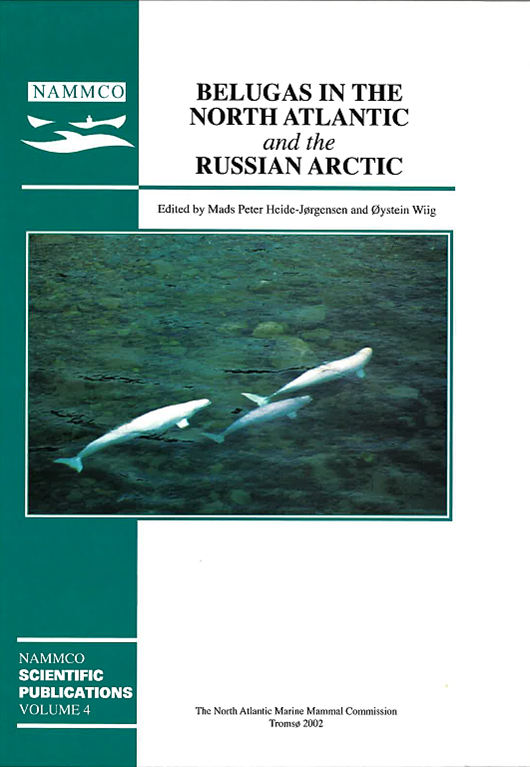Distribution and abundance of Canadian High Arctic belugas, 1974-1979
DOI:
https://doi.org/10.7557/3.2839Keywords:
distribution, abundance, beluga, Canadian high arcticAbstract
We conducted >236,000 km of aerial surveys and some supplementary studies of belugas (Delphinapterus leucas) in the central and eastern Canadian High Arctic in 974-79. Belugas that wintered in the “North Water” in Baffin Bay moved southwest into Lancaster Sound in April and early May. The main westward migration into Lancaster Sound occurred over a 2 to 3 week period during late June to late July. Estuaries along Somerset Island were occupied for <3 weeks from mid-July to mid-August. Little feeding occurred in estuaries. From mid-August until fall migration began in mid-September belugas occupied estuaries and offshore waters in Peel Sound. Fall migration eastward through Lancaster Sound was exclusively along the south coast of Devon Island, highly co-ordinated, and rapid; most of the population passed through the sound in <1 week. The whales then moved north along the east coast of Devon Island; some entered Jones Sound while others crossed directly to SE Ellesmere Island. Most calving occurred in July and early August; calving was not seen in estuaries and probably occurred offshore. Excluding calves, adults and yearlings formed 77% and 8.4%, respectively, of the population. The proportion of calves during mid-August was consistent with a triennial calving cycle. During late summer, belugas fed on coastal concentrations of polar cod (Boreogadus saida), under pan ice offshore (probably on cod), and in deep offshore waters. The size of the Canadian High Arctic population in the late 1970s was estimated to be at least 10,250 to 12,000 animals without allowing for animals that may have passed between surveys or that were below the surface at the time of the counts.





